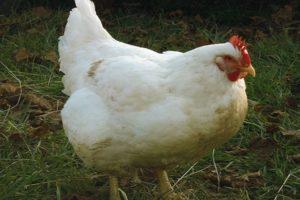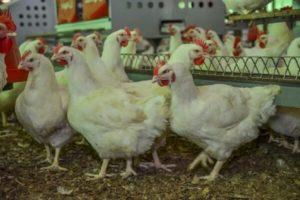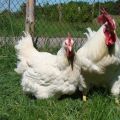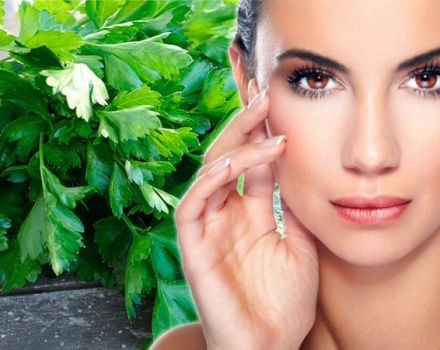Description and characteristics of the breed of chickens Kotlyarevskaya, rules of maintenance
Many farmers raise the Kotlyarevsky breed of chickens. These birds are distinguished by high parameters of productivity. They are considered hardy and unpretentious. The undoubted advantage is its excellent decorative properties. Laying hens will become a real decoration of the poultry house. At the same time, birds also differ in certain disadvantages - in particular, they have a tendency to increase body weight.
Origin story
This breed was bred at a breeding plant located in Kabardino-Balkaria. At the same time, today the signs of chickens are being improved at Genofond LLC.
The Kotlyarevskaya breed was bred on the basis of many types of chickens - Zagorskaya salmon, Golosheinaya, Striped plymouthrock. Breeds such as New Hampshire and Russian White were also used.
Description and characteristics of chickens Kotlyarevskaya
These birds are characterized by a number of features that are recommended to be taken into account before breeding birds.
Exterior standard
Roosters of this breed are characterized by white feathers with small fragments of black ones. The tail is black in color and has a blue or green tint. Males have pronounced lobes and a ridge of bright red color.
In chickens, the processes are not so pronounced. They are darker in color compared to roosters. White feathers gradually turn into black. Some individuals have feathers with pronounced edging.

Temperament
These chickens are characterized by a kind character. Birds recognize the owner and easily go into his hands. At the same time, the roosters are cocky. They show their character to beginners. Therefore, it is better to keep young cockerels separately.
Aggression often manifests itself when starving or keeping in close quarters, a stuffy house or low light conditions. Stress factors make birds more agitated.
Representatives of the breed practically do not go beyond the territory. They try to stay near full feeders.
Roosters are capable of flying 1.5-2 meters, while chickens do not have this skill.
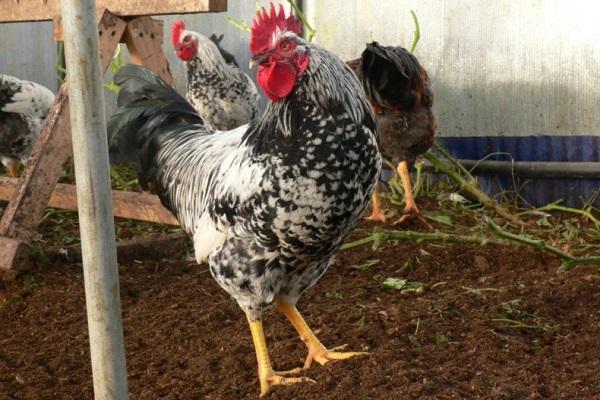
Productive qualities
These birds are characterized by rapid development and an impressive mass. A rooster at the age of 6 months reaches 3 kilograms. Adults weigh 3.8 kilograms. Chickens weigh 2.5-3 kilograms.
Nowadays, there are often breed varieties that are biased in the egg direction. Such individuals have less weight. The weight of the roosters is 2.8 kilograms, the hens - 2.3.
This significantly increases egg productivity. The hen is capable of producing 240 eggs per year. This breed is characterized by productive longevity. Chickens produce eggs for 5 years. They reach approximately 65 grams.
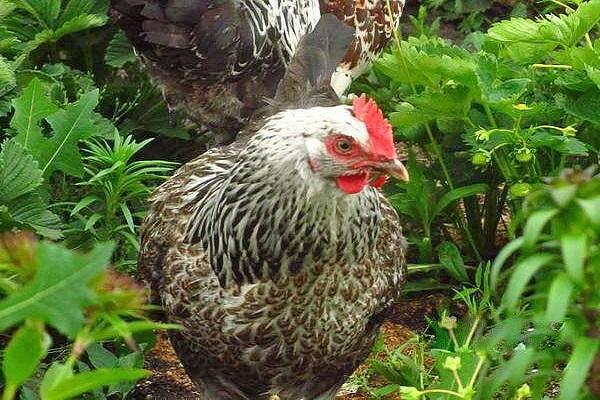
Incubation instinct
As a result of selection, the maternal instinct of chickens was lost. The Kotlyarevskaya breed partially retained this property. However, identifying a good brood hen is problematic. Almost all chickens are able to hatch eggs, but no more than 30% of them complete this business.
Puberty and egg production
Rapid development is considered a characteristic feature of the breed. By the age of 6 months, the roosters reach 3 kilograms, and the hens begin to lay eggs.
With age, the productivity of females increases. They are capable of producing 240 eggs per year, which are distinguished by a dense, creamy shell.

Pros and cons of the breed
The key benefits of this bird breed include the following:
- excellent adaptability to a harsh climate;
- good egg production in the winter season;
- early maturity;
- high performance for 5 years;
- good work of the digestive organs;
- strong immunity.
At the same time, chickens also have some disadvantages. The main disadvantages include the following:
- the need for cutting wings or building a chicken coop with a high aviary;
- different productivity of chickens;
- the need for periodic updating of the livestock.

Features of maintenance and care
To achieve success in growing chickens, it is worth following a number of recommendations.
Chicken coop requirements
These chickens are considered unpretentious. They need a warm coop that is well ventilated. There should be a maximum of 7-8 adult chickens per 1 square meter of area.
Nests and perches should be present inside the house. For 5 chickens, 1 nest box is required. It is worth putting hay in it. Straw or sawdust can be used as bedding.
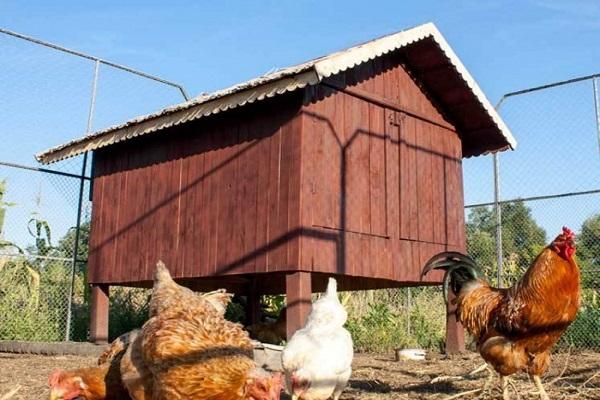
Laying hens need a special microclimate. The temperature should be + 16-25 degrees. The influence of high and low temperatures negatively affects the health of chickens. Adequate lighting is recommended for chickens to produce eggs all year round. For 1 square meter, you should use a 40 Watt light bulb. The duration of daylight hours is 12 hours.
Very bright lighting has a negative effect on the health of chickens. Stressful factors will cause them to peck at each other.
Keeping the house clean is essential. The litter should be changed every 1-2 months. This is done as it gets dirty. The floor and walls should be treated with disinfectant solutions, which lead to the destruction of fungal microorganisms and bacteria.
In the warm season, many farmers carry out the processing of the premises with a sulfur stick. To carry out this procedure, chickens should be removed from the room for 1-2 days.

Walking yard
Birds need daily walks. Thanks to this, metabolic processes are improved, and immunity is strengthened. At the same time, it is not recommended to walk the birds in wet and windy weather.
Also, do not let them go outside at temperatures less than -6 degrees. If these recommendations are violated, there is a risk of frostbite on scallops and the development of colds.
It should be borne in mind that chickens of this breed are reluctant to fly, but they are able to do it. To avoid problems, it is recommended to install a high fence.
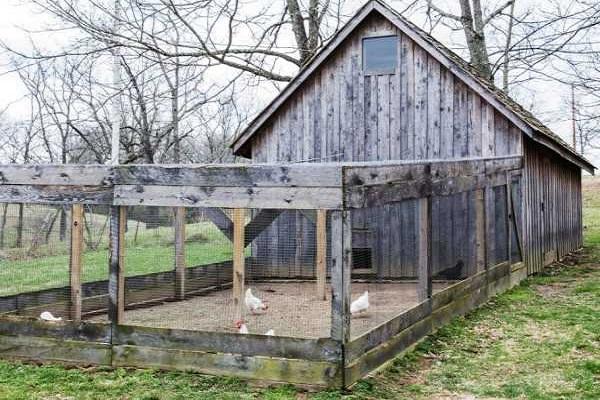
Feeders and drinkers
All birds should have constant access to feeders and drinkers. Otherwise, the birds will start fighting with their fellows. It is recommended to treat the inventory every day with a soda solution and pour boiling water over it.
A container filled with sand and wood ash should be placed in the house. These components are mixed in equal parts. Chickens like to swim in the dust. Thus, they purify the feathers from parasites.

Molting period
Chickens molt every year.This process begins with a reduction in daylight hours. This is a physiological process that is not associated with any kind of disease. If chickens do not change feathers themselves, they do it forcibly.
The method of shedding stimulation should be selected by the physician after the examination. During this period, there is a decrease or complete cessation of egg production.
Planned herd replacement
The period of productivity of these chickens is 3-4 years. During this time, the laying hen brings 650-750 eggs. Then she is changed to a younger one.
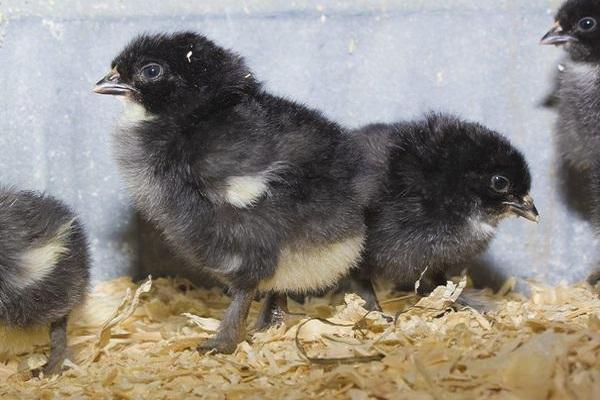
How to feed the breed?
Birds of this breed should be fed with ready-made feed or use a mixture of cereals. It is advisable to use a composition based on bran, wheat, buckwheat, oats, corn. It is recommended to add vitamins and minerals to this mixture. This will help make your bones stronger.
It is also recommended to give birds coarse salt and ash. They need gravel for better digestion. Boiled fish and beans should be used as protein sources. Also, meal and sunflower seeds are added to the mixture.
In the summer, representatives of this breed can be free-range. This will help reduce food costs by more than 2 times. Birds eat greens well, which serve as a source of vitamins. It is recommended to harvest dry grass for the winter.
The walking area should contain a lot of greenery - alfalfa, clover. The grass will provide food for the birds and help reduce dirt in the house.
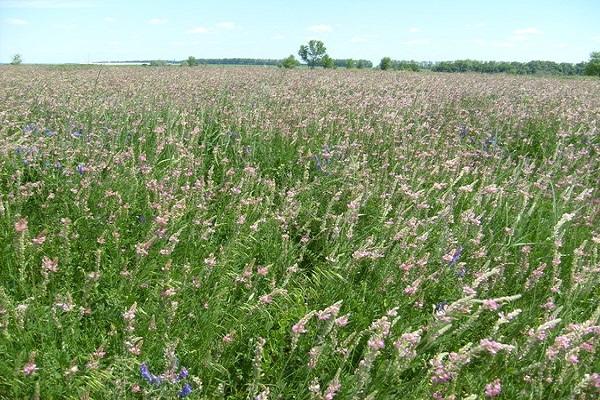
Breeding Kotlyarevskaya breed of chickens
Kotlyarevsky chickens are considered bad hens. Therefore, an incubator is required for breeding offspring. The eggs of chickens of this breed are even in size. Farmers do not recommend using too large specimens, as chicks with flaws often hatch from them.
It is recommended to set medium eggs in the incubator, which were collected before 6 pm. They should show no signs of damage.
Chicks appear after 3 weeks. They are predominantly grayish or light brown in color. The females have dark stripes along the spine, the cockerels have spots on the wings. However, it will be possible to accurately determine the gender only after 3 weeks.

Immediately after hatching, the chicks are active. It is recommended to keep them in brooders, separated from adult birds. The room must be kept at a suitable temperature. Poultry boxes should have additional lighting sources.
After 8-10 weeks, the birds are allowed to gradually introduce them to adult chickens. At the same time, it is recommended to control joint walking. Adults can show aggression towards young ones.
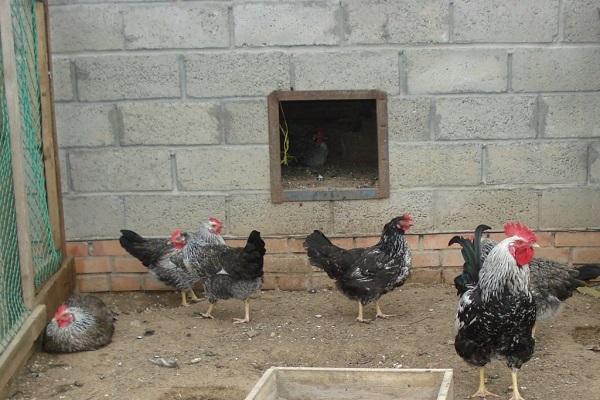
Possible diseases
Poultry often encounter common diseases common to all chickens. These include parasitic infections. Subject to timely vaccination, birds are not susceptible to other diseases.
Survival parameters for young animals and adults reach 95%. Serious problems can be avoided by performing routine preventative treatments.
The Kotlyarevskaya breed of chickens is very popular among poultry farmers. These birds are characterized by rapid development and high productivity parameters. To achieve success in raising feathered birds, they are advised to competently organize the poultry house and provide proper and balanced nutrition.
